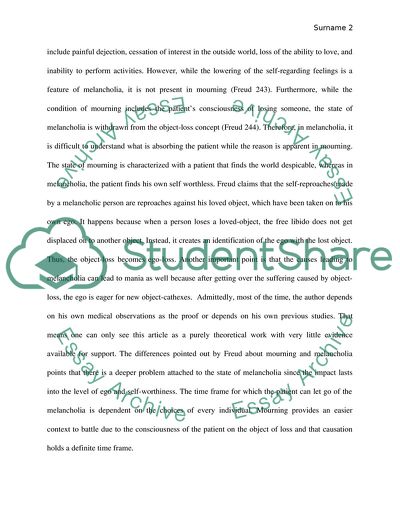Cite this document
(“The Deep Context of Melancholy Essay Example | Topics and Well Written Essays - 1000 words”, n.d.)
The Deep Context of Melancholy Essay Example | Topics and Well Written Essays - 1000 words. Retrieved from https://studentshare.org/english/1669511-the-deep-context-of-melancholy
The Deep Context of Melancholy Essay Example | Topics and Well Written Essays - 1000 words. Retrieved from https://studentshare.org/english/1669511-the-deep-context-of-melancholy
(The Deep Context of Melancholy Essay Example | Topics and Well Written Essays - 1000 Words)
The Deep Context of Melancholy Essay Example | Topics and Well Written Essays - 1000 Words. https://studentshare.org/english/1669511-the-deep-context-of-melancholy.
The Deep Context of Melancholy Essay Example | Topics and Well Written Essays - 1000 Words. https://studentshare.org/english/1669511-the-deep-context-of-melancholy.
“The Deep Context of Melancholy Essay Example | Topics and Well Written Essays - 1000 Words”, n.d. https://studentshare.org/english/1669511-the-deep-context-of-melancholy.


